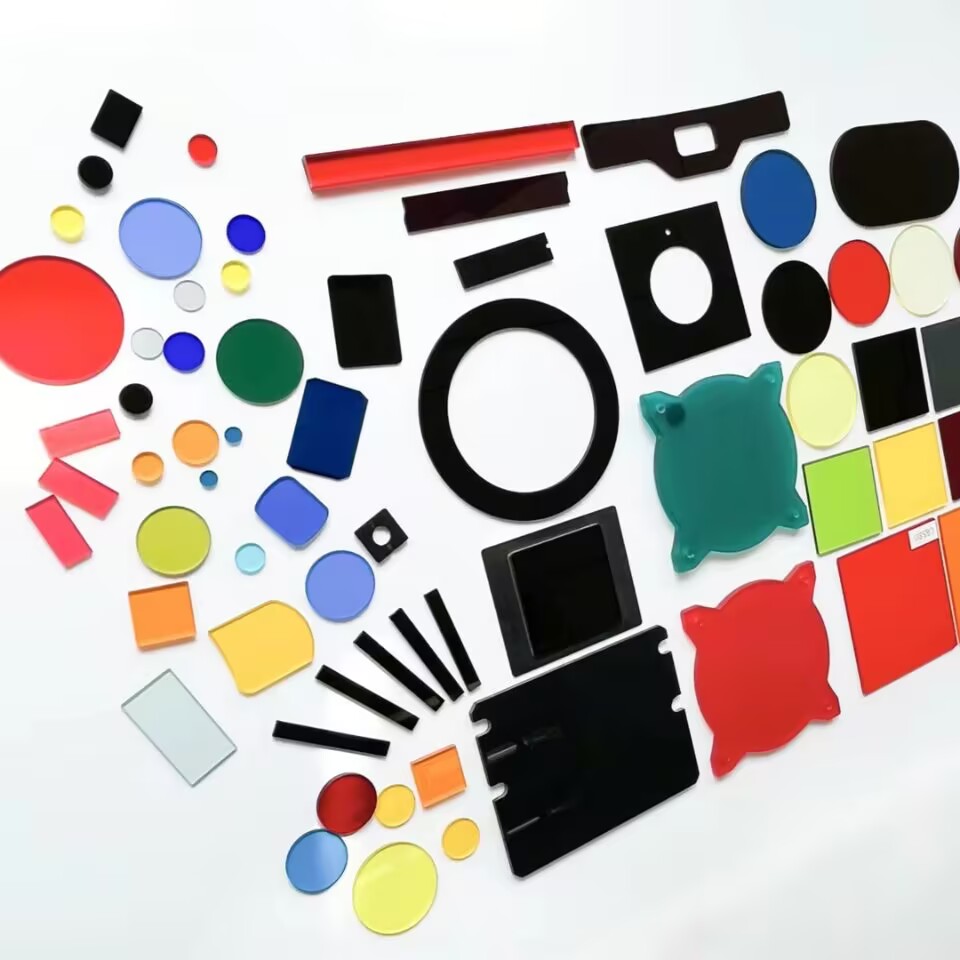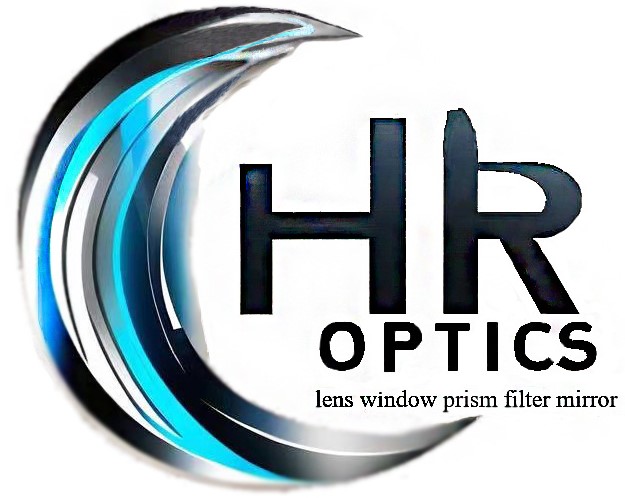
He Rui optics providing cut-on wavelengths in the ultra-violet (UV), visible, or near-infrared (NIR) spectra. The color glass substrates feature high spectral transmittance within their wavelength ranges. Colored Glass Longpass Filters are designed with standard circular and square sizes for easy integration into optical systems and have a 1, 2, or 3mm thickness. Custom sizes from 5 to 160mm are available upon request.
If you have a need for any round, square, or rectangular size of a Colored Glass Longpass Filter ,please contact us sales@hr-optics.com
Optical filters are critical for selectively passing and blocking specific wavelengths in life science applications ranging from monitoring oxygen and pH levels in blood to fluorescence detection, to the polymerase chain reaction (PCR) tests used to detect COVID-19, to UV sterilization. Color glass filters and coated dielectric filters are both utilized in life science systems. Understanding the advantages and disadvantages of each filter type ensures that system designers can achieve the required performance for their application. When using color glass filters, several key considerations regarding chemical and mechanical properties should also be kept in mind to select the proper solution.
Color glass filters use substrates that incorporate elements, dyes, or other colorants that absorb desired wavelength ranges while transmitting others (Figure 1). The amount of absorption is dependent on the substrate thickness and the colorants it incorporates. These filters can have a wide variety of functions, including bandpass, shortpass, longpass, or neutral density filtering. They are ideal for blocking a wide range of wavelengths, as it is difficult and expensive to achieve strong blocking over a large wavelength range using coated interference filters (Figure 2).









 售前客服
售前客服